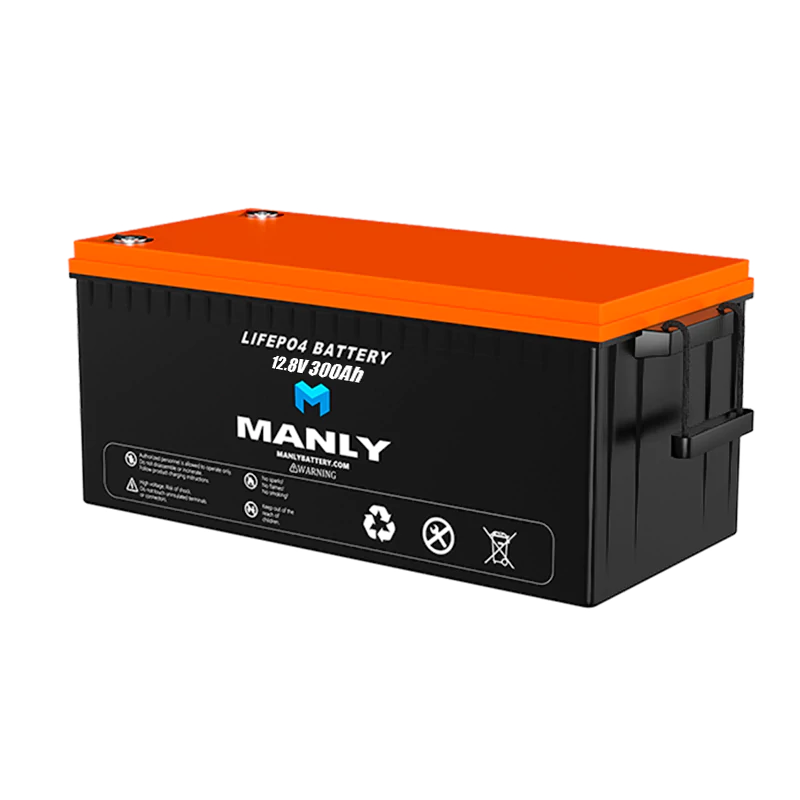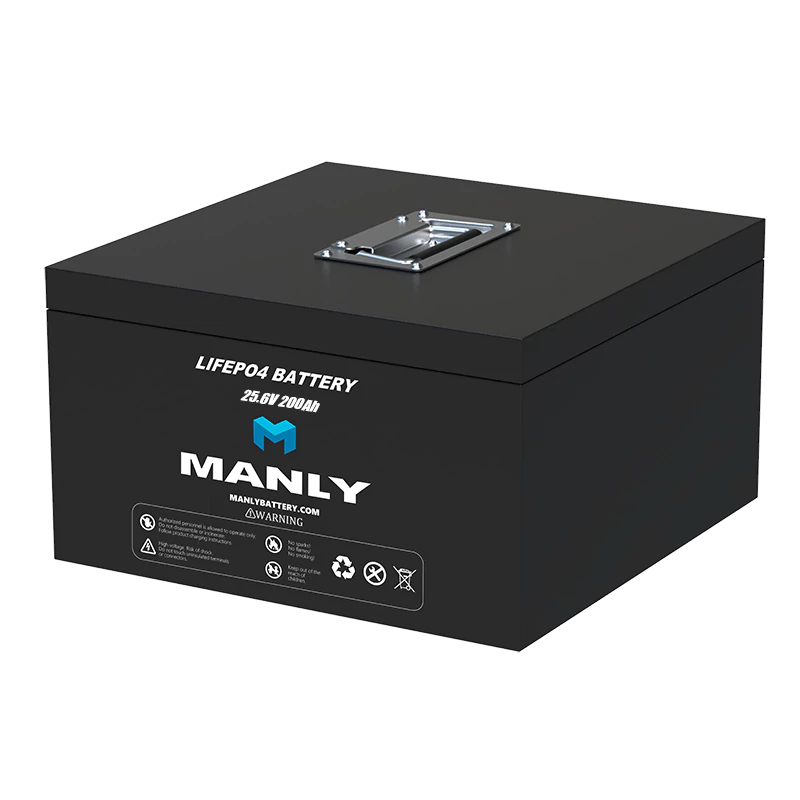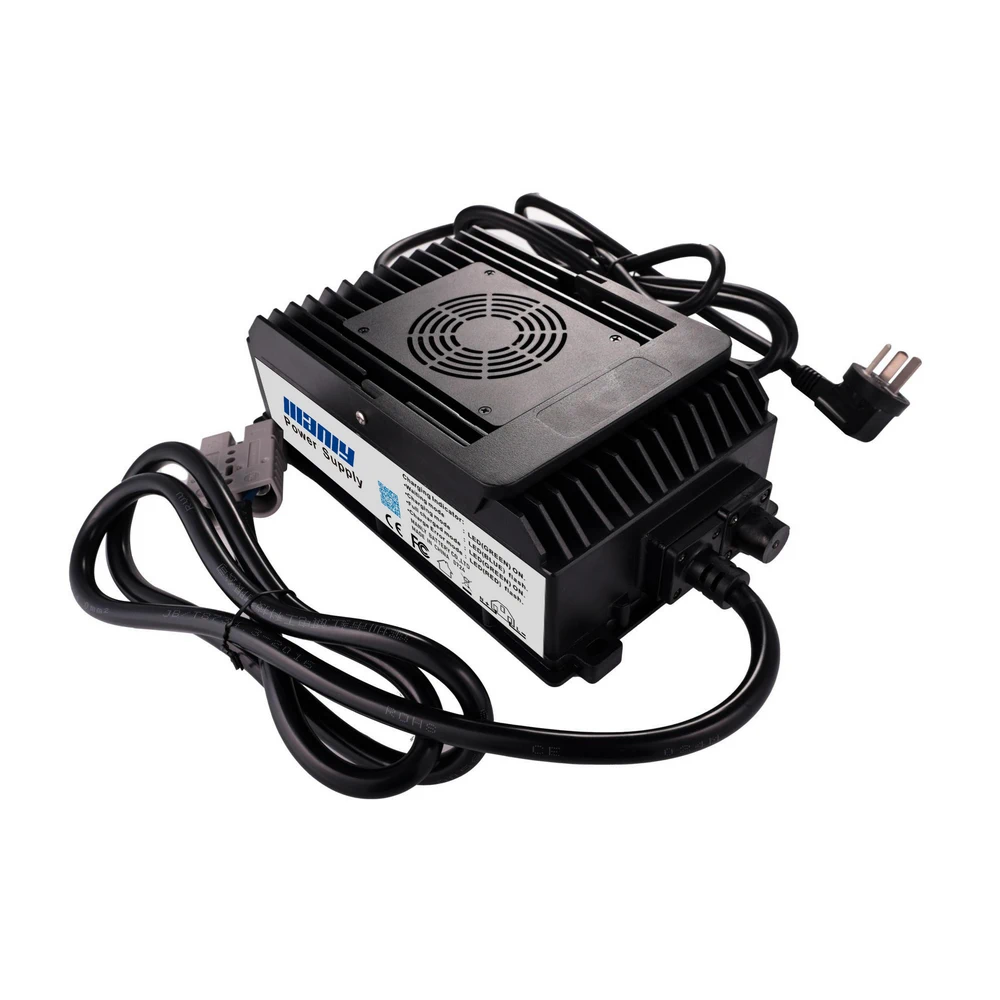Ultimate Solar Battery Guide: Selection & Costs
Table of Contents
- Ultimate Solar Battery Guide: Selection & Costs
- 1. Why You Need a Solar Battery: Optimizing Your Solar Power System
- 2. Solar Batteries Off Grid: Necessity or Luxury?
- 3. How much power can a solar battery hold?
- 4. Exploring the Different Types of Solar Batteries
- 5. Factors Influencing Your Solar Battery Cost
- 6. Choosing Your Solar
- 7. Key Factors to Consider When Choosing Your Solar Battery

1. Why You Need a Solar Battery: Optimizing Your Solar Power System
Solar panels need a place to send energy. Without it, solar power isn't as useful. Your stuff would only work when the sun is out and the panels are on. If you don't use the energy, it gets lost. Plus, you can't use it at night.Think about your home's power needs in a day. Most homes need more power in the morning and at night. That's when people use more devices. But during the day, when people are out, power needs drop. Yet, that's when your solar system makes the most power.This means you make more power during the day than you use. Without a place to store this extra power, it goes back into the power grid. If your power company allows, you might get some credit.But, you can also store this power in a solar battery. This battery keeps the extra power for when you need it. Solar batteries work by storing the power from your solar panels. Then, they give that power back when you need it. These batteries can store power as DC electricity from your panels, or as AC electricity that's been changed by your inverter.2. Solar Batteries Off Grid: Necessity or Luxury?
Going fully off-grid with solar batteries can be a big task. It's often not worth the extra money and hassle. Staying linked to your power company is usually easier. It offers more choices for power. You can use a smaller, cheaper solar system and still save a lot of money.Being off-grid requires plenty of solar batteries. You need them to last for many days. You also need enough solar panels to power your home and charge the batteries. This might be okay in the summer with lots of sun. But in the winter, with less sunlight, it's tougher. It's hard to make enough extra power. No one wants to worry if their power will last during a long storm!Staying on the grid means you always have backup power. You can use solar power when it's available and not worry when it isn't. Adding a solar battery while staying on the grid is a good choice. It gives you more control over your power. And it lets you use all the power from your solar panels without waste.
3. How much power can a solar battery hold?
A solar battery's power is measured in kilowatt-hours (kWh). Different brands make batteries that hold different amounts of power. For example, the MANLY Battery can hold from 5 kWh to 30 kWh in one battery.You can also connect several solar batteries to hold more power if you need it.3.1 How do solar batteries help the power grid?
In the morning and evening, people use more power. This is called the "duck curve". It makes power companies produce more electricity. This can cause problems and risks of too much supply.Power companies have to be ready for high power use. But, much of their power goes unused when use is lower. This costs a lot of money and makes power rates go up.Adding solar batteries to home solar systems can help. They can help keep power use steady. So, the grid doesn't have to be ready for sudden high use. During the day, solar panels can charge the batteries. Then, when people use more power, the batteries can help. This means the power company doesn't need to make as much. So, solar batteries help make the power grid work better. They help keep power use steady.
4. Exploring the Different Types of Solar Batteries
There are four main kinds of solar batteries: lead-acid, lithium-ion, nickel-cadmium, and flow batteries.4.1 Lead-Acid
Lead-acid batteries have been around for a long time. They are used a lot in cars and factories. They can't hold a lot of energy for their weight, but they are cheap and reliable. This makes them a good choice for home solar power.These batteries can be flooded or sealed. They can also be shallow cycle or deep cycle. New technology has made these batteries last longer. They are a good choice for many people.4.2 Lithium-Ion
Lithium-ion batteries are newer. They can hold a lot of energy and are small and light. They can be used for a long time before they need to be charged. This makes them good for laptops, phones, and homes.The downside of these batteries is that they cost a lot. If they aren't put in right, they can also catch fire.
4.3 Nickel-Cadmium
Nickel-cadmium batteries are usually not used in homes. They are used in airlines and factories because they are strong and work well in extreme temperatures. They also don't need much maintenance.But, cadmium is very toxic. If it isn't thrown away right, it can hurt our environment.4.4 Flow
Flow batteries work by chemical reactions. They make energy by moving liquid between two parts of the battery. Flow batteries are very efficient, but they can't hold a lot of energy. The tanks for the liquid have to be big to hold a lot of energy. This makes them expensive and not practical for most homes. They are better for big spaces and uses.5. Factors Influencing Your Solar Battery Cost
The price of a solar battery is based on many things. These include the type and size of the battery, its power, how much it can discharge, its efficiency, and its warranty. But, the biggest thing is the capacity of the battery. Usually, bigger batteries cost more.A single lead-acid battery can cost from $200 to $850 or more. This depends on the size and power of the battery. You might need more than one of these batteries to power a house. The usual cost of a residential lithium-ion solar battery system with installation is between $7,000 and $14,000.Nickel-cadmium and flow batteries can have different prices. This depends on the size and scale of the installation. These batteries are not usually used in homes. They are better for businesses or factories because of their cost, durability, size, stability in extreme temperatures and requirements for disposal upon replacement.A good way to think about solar battery cost is that the cost per kilowatt-hour is between $400 and $800. So, a normal home solar battery will cost between $10,000 and $20,000. This includes installation costs. Depending on how much energy you use and need to store, you might need to use multiple batteries for more storage. If you need more batteries, the total cost for the whole battery backup system could be higher.




















